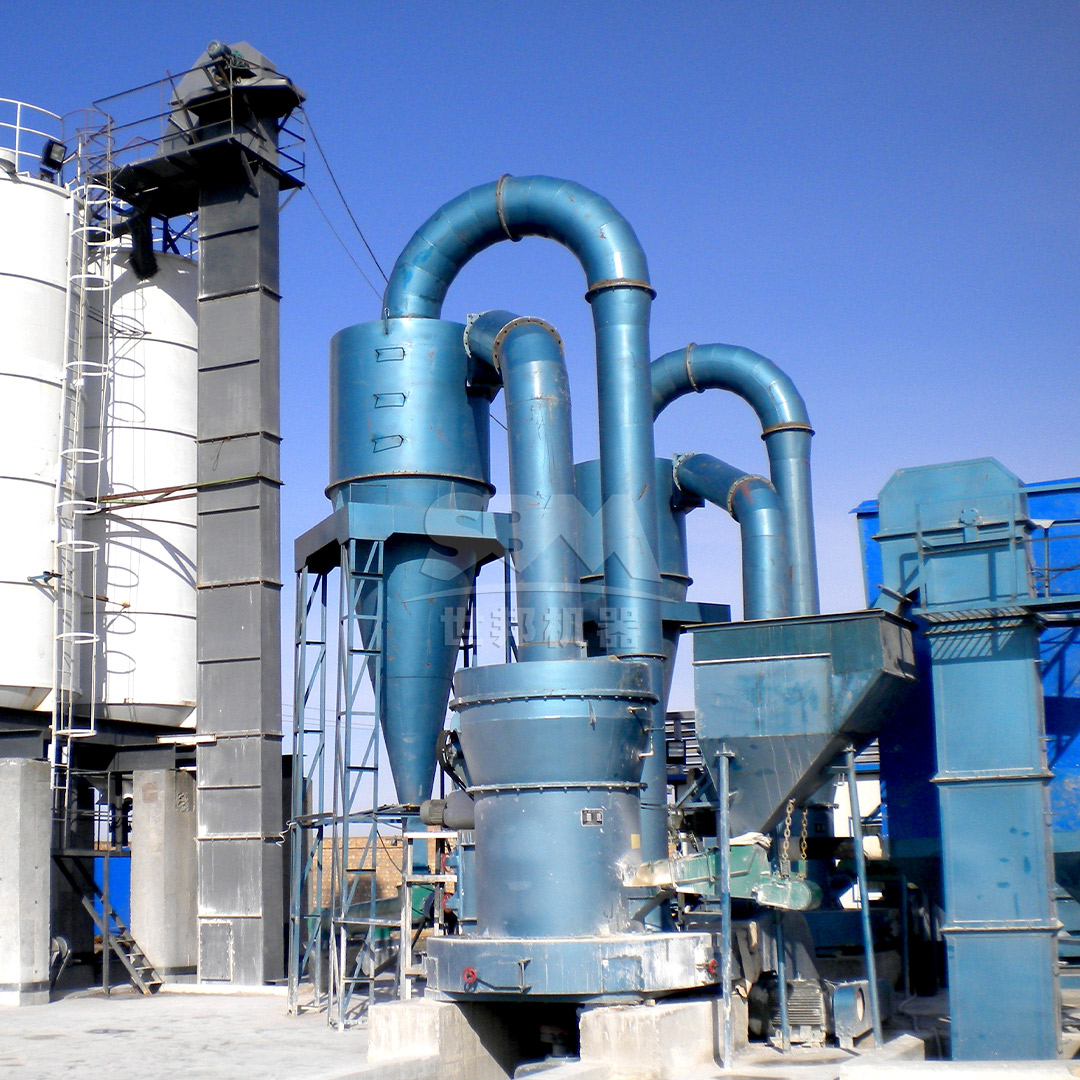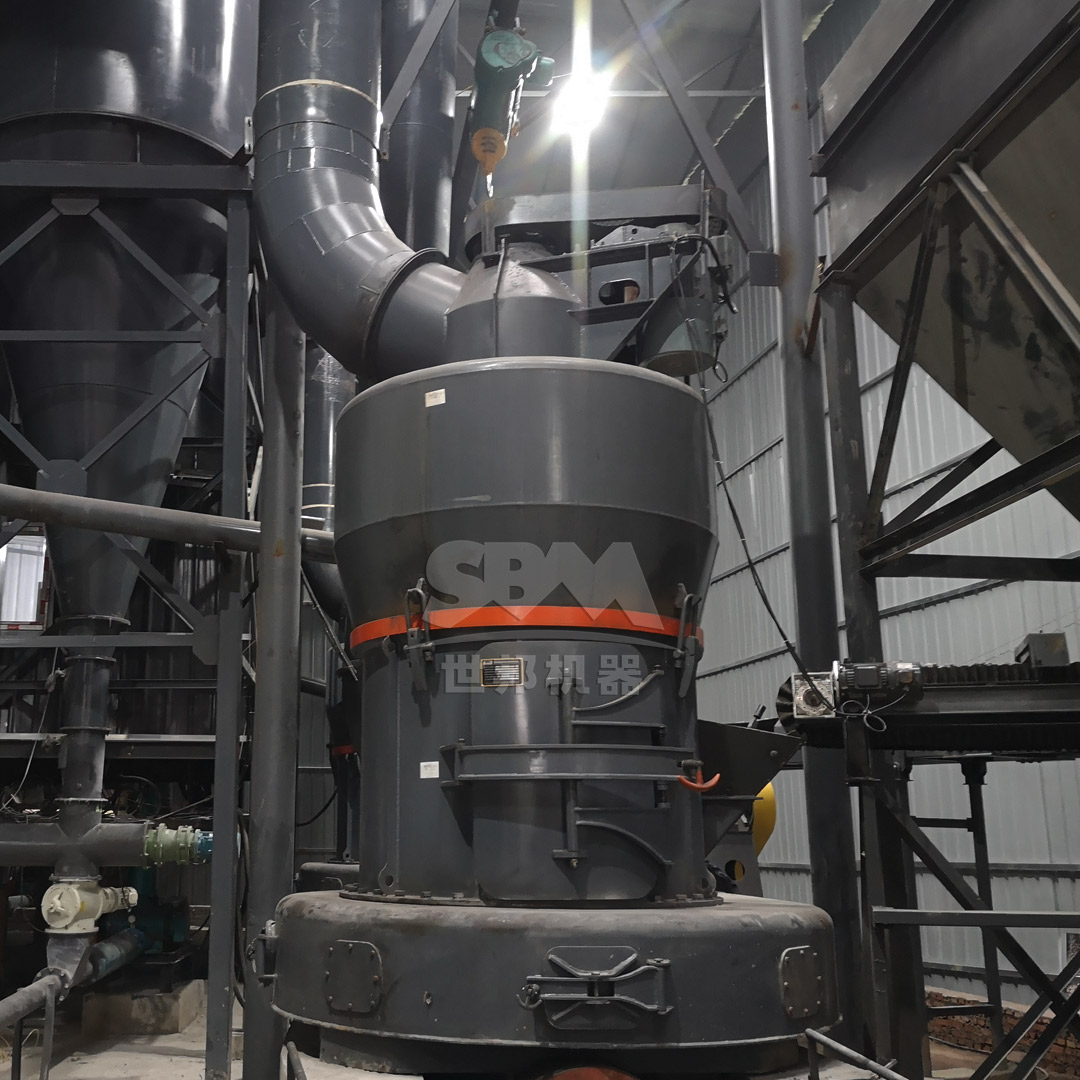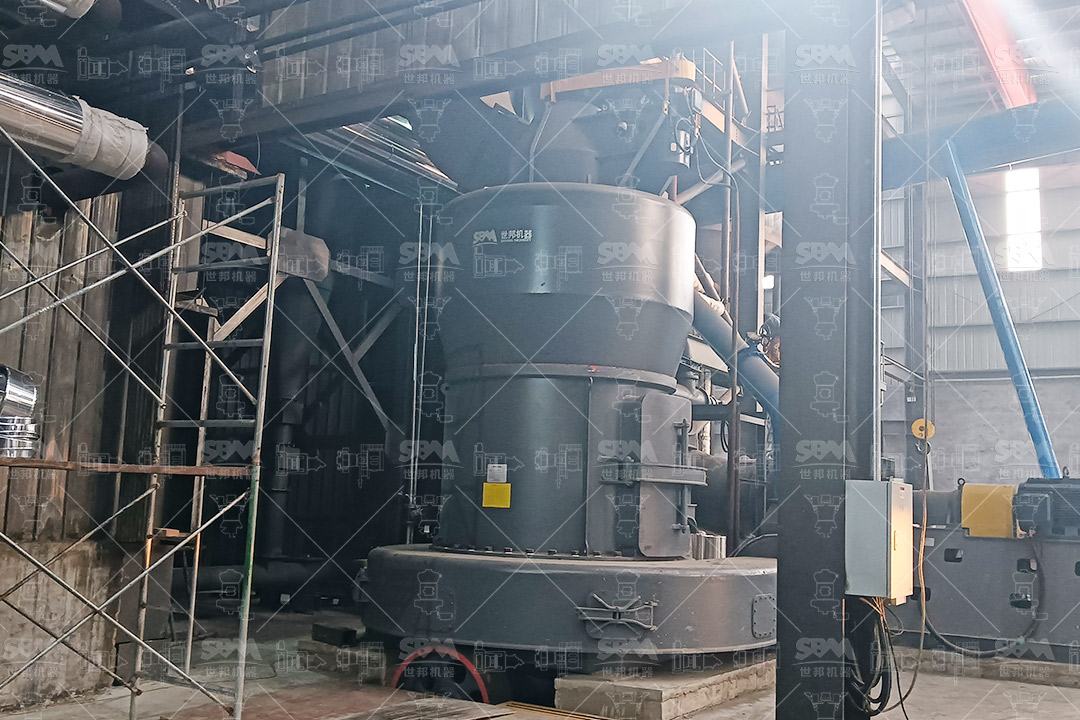Limestone, a fundamental raw material across numerous industries, requires precise grinding to unlock its full potential. The transformation of raw limestone into fine or ultra-fine powder is a critical process step, enabling its use in applications ranging from construction materials to sophisticated industrial fillers. The efficiency, cost-effectiveness, and quality of the final product are heavily dependent on the selection of the appropriate grinding technology. This article explores the primary types of limestone grinding mills, their operational principles, and their specific industrial applications, providing a guide for selecting the optimal milling solution.

The choice of grinding mill is dictated by the desired product fineness, required capacity, energy consumption targets, and the specific physical properties of the limestone feed. The industry offers a spectrum of technologies, each with distinct advantages.
Ball mills are among the most traditional and widely used grinding systems. They consist of a rotating cylindrical shell partially filled with grinding media, such as steel balls. The material is fed into the cylinder, and as it rotates, the balls cascade and impact the limestone, crushing it into a fine powder through a combination of impact and attrition forces.
Applications: Primarily used for coarse to medium grinding (0.074-0.8mm). They are a staple in the cement industry for grinding raw materials and clinker, and are also used in mining operations for size reduction.
Vertical Roller Mills represent a significant advancement in grinding technology. In a VRM, material is fed onto a rotating grinding table and is ground under pressure by hydraulically loaded rollers. The ground material is then pneumatically transported to an integrated classifier, where oversized particles are separated and returned to the table for further grinding.
Applications: Highly efficient for medium to fine grinding (600-45μm) of limestone for cement production, power plant desulfurization (FGD), and industrial mineral processing. Their integrated drying capability makes them suitable for materials with moderate moisture content.
Raymond Mills, or pendulum roller mills, utilize spring-loaded rollers that swing outward and press against a stationary grinding ring. The material is fed into the grinding chamber and is pulverized by the rolling action of the rollers. A built-in classifier ensures that only particles of the desired fineness leave the mill.
Applications: Ideal for producing fine powders in the range of 30-325 mesh (600-45μm). Commonly used for grinding limestone, barite, calcite, and other non-metallic minerals for fillers in paints, plastics, and paper.
For applications requiring a very fine and consistent product, ultrafine grinding mills are essential. These mills employ advanced mechanical forces, often combined with precise air classification, to achieve particle sizes down to 5 micrometers (2500 mesh) and below.

For operations demanding the highest levels of fineness and product uniformity, the SCM Series Ultrafine Mill stands out as a premier solution. Engineered for high performance and reliability, this mill is designed to process limestone into ultra-fine powders with exceptional efficiency.
Core Parameters:
Technical Advantages:
The SCM Ultrafine Mill operates via a main motor driving multiple grinding rings to rotate. Material is dispersed into the grinding path by centrifugal force, where it is pulverized by roller pressure and undergoes layered grinding. The final powder is collected efficiently by a cyclone collector and pulse dust removal system. With models ranging from the SCM800 (75kW, 0.5-4.5 t/h) to the high-capacity SCM1680 (315kW, 5.0-25 t/h), this mill series provides a scalable solution for any ultra-fine limestone processing requirement.
For high-capacity production of fine limestone powders, the MTW Series Trapezium Mill offers a robust and technologically advanced option. This European-style grinding mill is built for durability, ease of maintenance, and superior particle size control.
Core Parameters:
Technical Advantages:
Its working principle involves the main motor driving the grinding rollers to revolve around the central shaft while rotating themselves, generating centrifugal force. Shovels throw the material between the grinding ring and rollers to form a material layer, achieving efficient crushing through extrusion, with a grading system precisely controlling the final particle size. The extensive model range, including the MTW110 (55kW, 3-9 t/h) up to the MRN218 (280kW, 15-45 t/h), ensures there is an MTW mill perfectly suited for any large-scale fine grinding application.
The fineness and quality of ground limestone directly influence its performance in downstream applications.
| Application | Required Fineness | Recommended Mill Type |
|---|---|---|
| Cement Production (Raw Meal) | ~10-15% R90μm | Vertical Roller Mill, Ball Mill |
| Flue Gas Desulfurization (FGD) | 250-325 mesh | Vertical Roller Mill, MTW Trapezium Mill |
| Paper & Pulp Fillers/Coating | 500-2500 mesh (D90 < 2μm) | SCM Ultrafine Mill |
| Plastics & Polymers Fillers | 600-2500 mesh | SCM Ultrafine Mill |
| Animal Feed & Agriculture | 20-100 mesh | Raymond Mill, Hammer Mill |
| Asphalt Fillers & Construction | 200-400 mesh | Raymond Mill, MTW Trapezium Mill |

The selection of the right limestone grinding mill is a strategic decision that impacts product quality, operational costs, and environmental footprint. From the high-capacity versatility of the MTW Series Trapezium Mill to the precision ultra-fine grinding capabilities of the SCM Series Ultrafine Mill, modern milling technology offers tailored solutions for every need. Understanding the principles, capabilities, and applications of each mill type is crucial for optimizing limestone processing operations, ensuring efficiency, and maximizing the value of this essential industrial mineral.